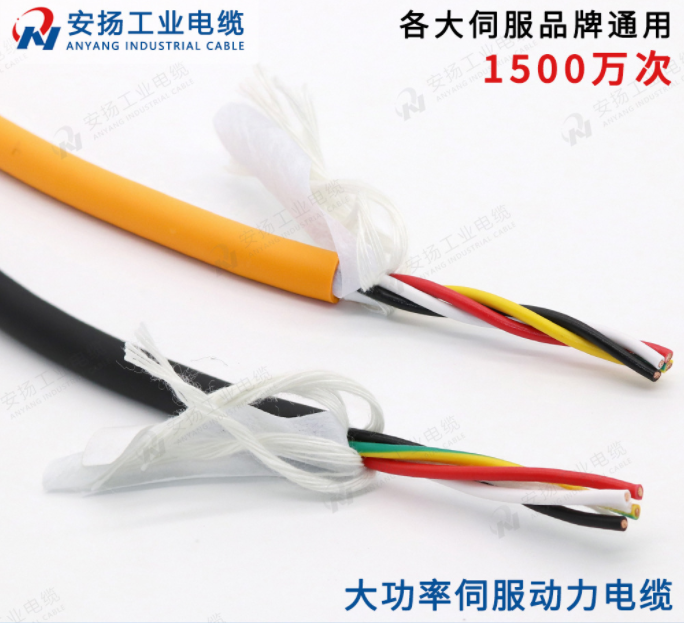Special cables for servo systems connect and control the operation of servo motors, greatly improving the working efficiency of servo motors. Servo motors have control motors and actuator motors. Servo cables have the characteristics of high flexibility, wear resistance, bending resistance, tensile resistance, torsion resistance, anti-interference and strong durability.
What is the national standard for servo cables?
The national standard for servo cables is GB/T 20266-2006 Servo Cables. This standard specifies the technical requirements, test methods and inspection rules for servo cables to ensure that servo cables can meet relevant performance and quality standards in practical applications. According to this standard, servo cables are mainly regulated in the following aspects.
1. The conductor material of the servo cable requires high conductivity and good mechanical strength. Generally, multi-strand twisted copper conductors are used to ensure low resistance and high strength when the cable transmits power. At the same time, the conductor should be flexible enough to facilitate cable bending and movement during installation.

2. The insulation material of the servo cable requires good insulation performance and chemical corrosion resistance. The insulation material should have sufficient electrical strength to prevent the cable from breaking down under high voltage. In addition, the insulation material should have good chemical corrosion resistance and be able to be used for a long time in harsh industrial environments.
3. The shielding structure and anti-interference ability of the servo cable are also important contents in the standard. In order to prevent the influence of external electromagnetic interference on signal transmission, servo cables usually adopt a shielding structure, which includes conductor shielding and overall shielding. Conductor shielding is to cover the twisted copper conductor with a layer of copper foil, while overall shielding is to cover the entire cable with a layer of copper mesh. Such a shielding structure can effectively reduce the influence of external interference on signal transmission and improve the stability and accuracy of the servo system.
4. The outer sheath material of the servo cable should have good wear resistance and corrosion resistance. Since the servo system often needs to bend and move frequently, the outer sheath material of the cable should be able to resist mechanical wear and chemical corrosion and protect the integrity of the internal conductor and shielding structure.
The standardization of servo cable design and manufacturing provides a reliable guarantee for the stable operation and efficient work of the servo system.